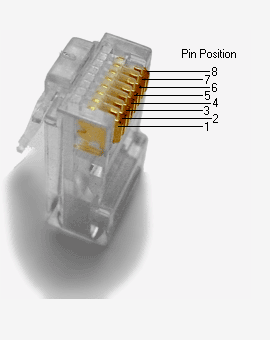Template:Networking device manual powering options passive poe: Difference between revisions
No edit summary |
No edit summary |
||
| Line 1: | Line 1: | ||
==Passive PoE== | ==Passive PoE== | ||
The device may also be powered by an Ethernet cable via the <b>{{#ifeq:{{{series}}}|RUT2xx|LAN|{{#ifeq:{{{series}}}|TRB14x|LAN|LAN1}}}}</b> port:<br> | The device may also be powered by an Ethernet cable via the <b>{{#ifeq:{{{series}}}|RUT2xx|LAN|{{#ifeq:{{{series}}}|TRB14x|LAN|LAN1}}}}</b> (<b>{{#switch:{{{series}}}|RUTX|RUTM|RUTC=9-50 VDC|RUT206=9-57 VDC|RUT30X=7-30 VDC|TCR1=12 VDC|#default=9-30 VDC}}</b>) port:<br> | ||
{{#ifeq:{{{series}}}|TRB14x | {{#ifeq:{{{series}}}|TRB14x | ||
| | | | ||
Revision as of 13:43, 22 November 2024
Passive PoE
The device may also be powered by an Ethernet cable via the LAN1 (9-30 VDC) port:
(Do not use in other ports!)
[[File:{{{file_lan1}}}|{{{size_lan1}}}px]]
- The device is NOT COMPLIANT with the IEEE 802.3af-2003 standard: powering the device from an IEEE 802.3af-2003 power supply will damage the device as it is not rated for input voltages of the PoE standard.
- The device is NOT COMPLIANT with the IEEE 802.3at standard: it cannot power other devices over Ethernet.

